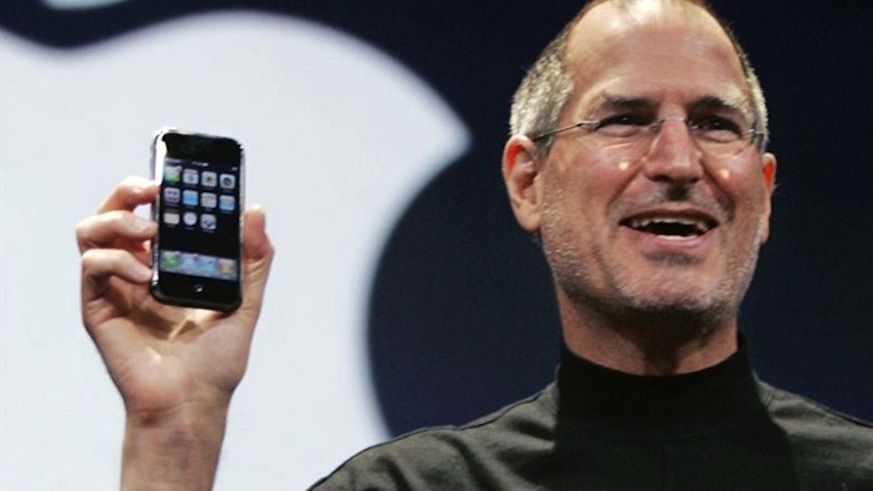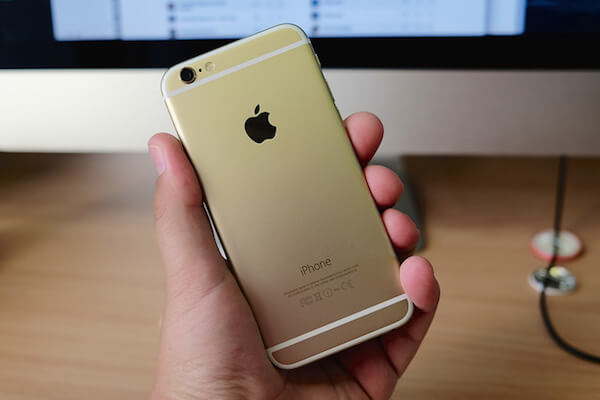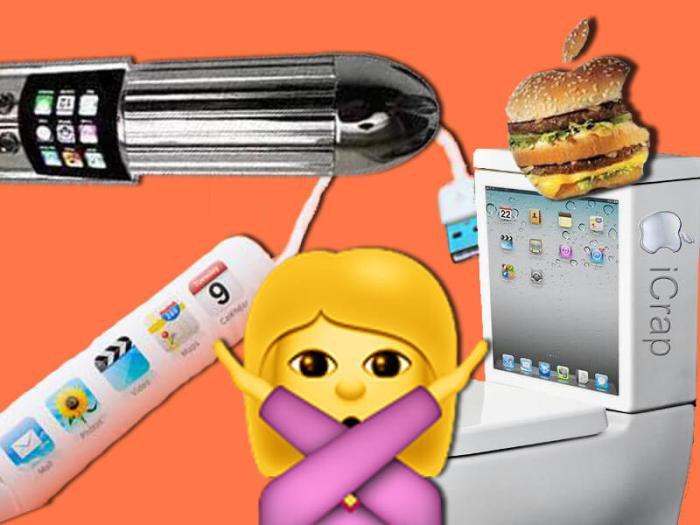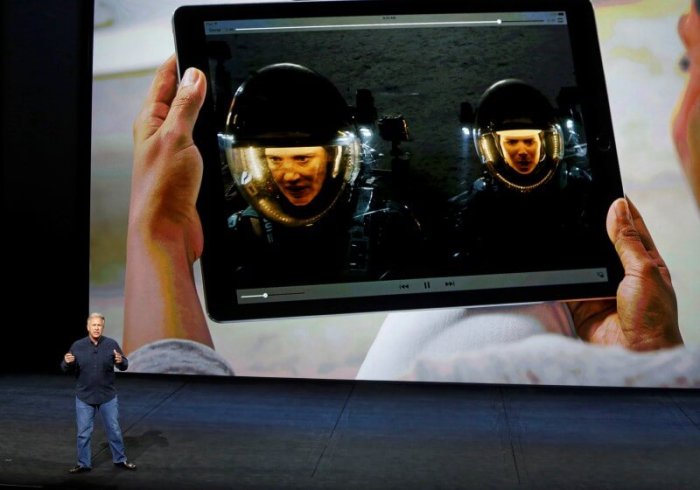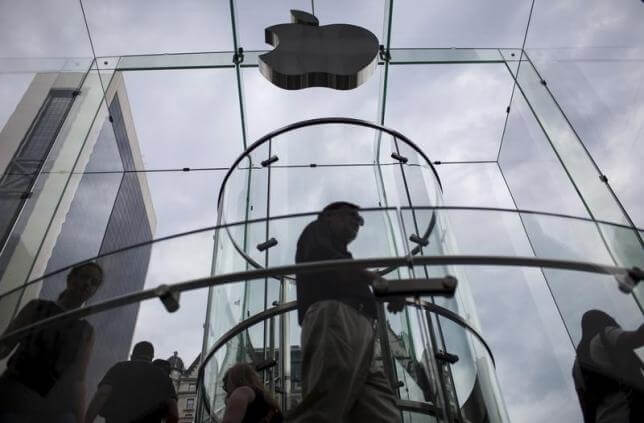If Steve Jobs had his way, the iPhone and smartphones as we know them today might never have had their shot.
The Apple CEO and visionary credited as the driving force behind many of the tech brand’s groundbreaking devices wasn’t initially sold on the iPhone, according to a new book that catalogues the “secret history” of the iPhone.
Released Tuesday, “The One Device: The Secret History of the iPhone, ” by Brian Merchant reveals the iPhone wasn’t the brainchild of Steves, but rather the collaborative effort of a team of overworked, under-appreciated engineers, who butted heads with the Apple co-founder at almost every step along the way.
“Jobs was a powerful source of inspiration, a fierce curator of good ideas and rejector of bad ones, and a savvy and potent negotiator,” Merchant wrote to CNBC via email. “But the iPhone began as an experimental project undertaken without his knowledge, became an official project at the prodding of his executive staff and was engineered into being by a team of brilliant, unfathomably hard-working programmers and hardware experts.”
In the book, Merchant describes how Jobs wasn’t initially enamored by the emerging smartphone market and couldn’t really imagine them gaining popularity outside the “pocket protector” crowd.
“Which, again, was a fair assessment; early smartphones were either indeed kind of geeky-looking or aimed at the email-obsessed business crowd,” Merchant said to CNBC.
Luckily for Apple, Jobs put trust in his staff and followed through with the project —as the 10th anniversary of its initial release nears, the iPhone is now Apple’s most successful product ever and it has sold over a billion units worldwide.
True to Apple style, Jobs kept the iPhone project a secret to everyone but the select team he had working on it and even though he had OK’d development, Jobs gave push back up until its 2007 launch.
For a while, Jobs was convinced the iPhone needed a permanent back button like Android phones now have.
He lost that battle, though to veteran Apple designer, Imran Chaudhri, who argued it was all about generating trust and predictability through the single “home” button — “One button that does the same thing every time you press it: it shows you your stuff.”
“The touch-based phone, which was originally supposed to be nothing but screen, was going to need at least one button. We all know it well today – the Home button. But Steve Jobs wanted it to have two; he felt they’d need a back button for navigation,” Merchant wrote.

